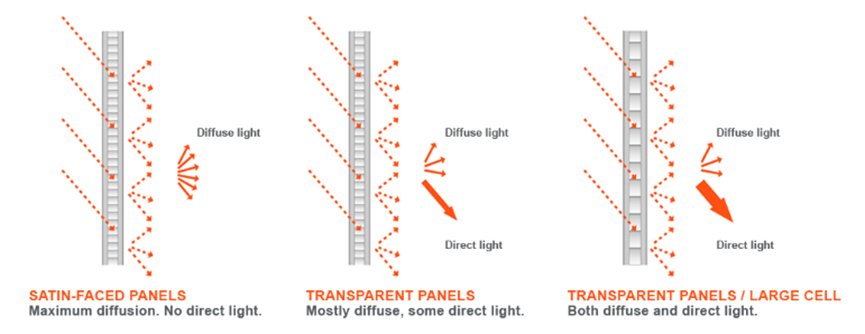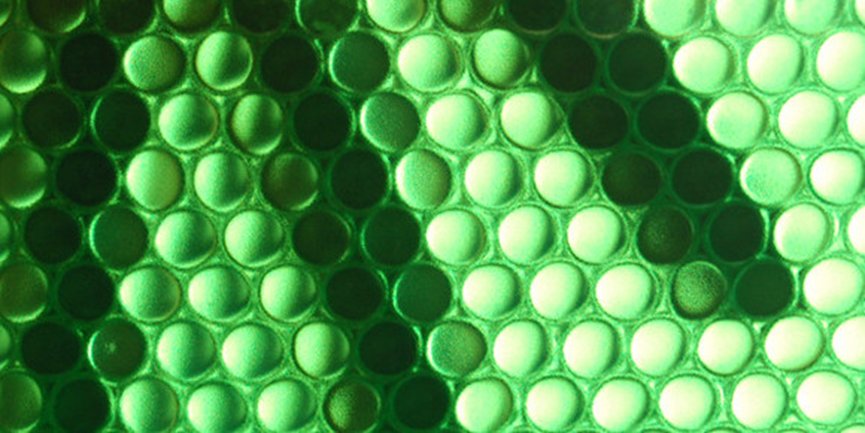
The difference between specular reflection and diffuse reflection arises from the contrasting properties of the reflective surfaces involved. In the case of diffuse reflection, the surface is characterized by its unevenness, while specular reflection occurs on smooth surfaces. When parallel light is directed onto a mirror-like surface, all the emitted rays are reflected in a manner that preserves their parallel alignment. These rays of light maintain their organization and continue to travel in a consistent direction after reflection. Conversely, in the context of diffuse reflection, the reflected rays scatter haphazardly in various directions due to the irregular nature of the surface. This leads to a scattered and less ordered form of reflection.
Reflection is a phenomenon that occurs when waves, such as sound waves, light waves, or other electromagnetic waves, encounter an interface with another medium and partially propagate back into the original material. Diffuse reflection specifically refers to the behavior of light when it strikes a rough surface and reflects in all directions.
The fundamental structure of a honeycomb panel consists of a series of interconnected round cells that form a distinctive pattern. Each cell is a round single room with an opening either facing downwards or towards one side. These cells are arranged in a back-to-back symmetrical configuration, combining to create the honeycomb structure. In the case of round hole plastic honeycomb boards, they are manufactured based on principles inspired by bionics. These innovative plastic honeycomb boards are composed of new polypropylene or polycarbonate raw materials.

When light passes through a honeycomb structure, it interacts with the horizontal plates and generates diffuse reflection within the honeycomb skeleton. As a result, the transmitted light becomes transparent without any distinct perspective. Additionally, when sound waves enter the honeycomb cells, they induce vibrations in the air and materials present within the structure. The honeycomb contains numerous closed chambers separated by partitions. Due to friction and viscous resistance, the core layer of the honeycomb effectively absorbs the vibrational and deformation energy of the materials, gradually releasing it. This absorption and dissipation process converts a portion of the sound energy into heat energy, resulting in its loss. Therefore, the honeycomb structure functions as an effective noise-reduction mechanism.

The advantages offered by honeycomb panels make them a suitable alternative to blackout panels. They effectively reduce glare and possess a more streamlined shape. Moreover, honeycomb panels can replace frosted translucent panels, allowing for increased diffuse reflection in multiple directions and enhanced color rendering. These panels find versatile applications in settings such as bathrooms, sanitary warehouses, office doors and windows, as well as partitions requiring concealment.
Qingdao Achieving Honeycomb specializes in the sale of honeycomb core materials and honeycomb composite boards. Their range of core materials includes PP honeycomb cores and PC honeycomb cores. The surface materials available for customization encompass a wide variety of options such as non-woven fabric, HPL, CFRT (Continuous Fiber Reinforced Thermoplastic Composites), carbon fiber board, wood board, PVC, foam, ABS, acrylic, and more. These options cater to the diverse needs of various industries and fields. Additionally, customizable aspects include cell size, thickness, panel size, and more. If you have specific application scenarios or requirements, please don't hesitate to contact Qingdao Achieving Honeycomb for further discussions and tailored solutions.

